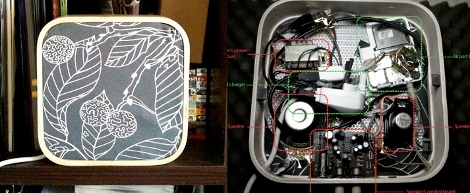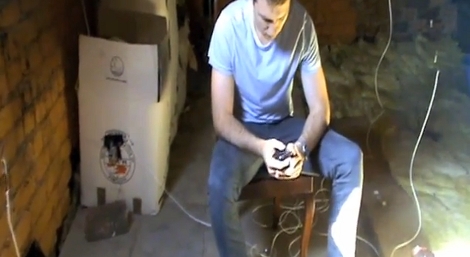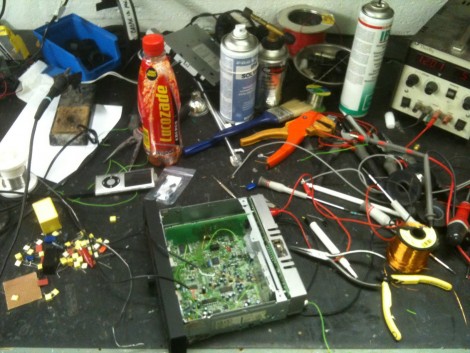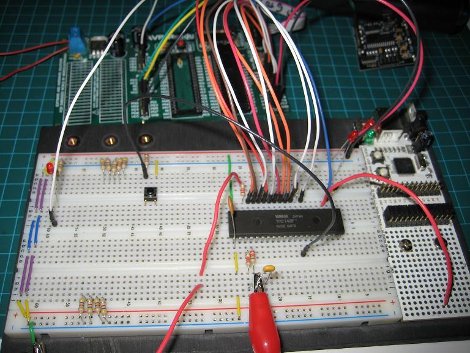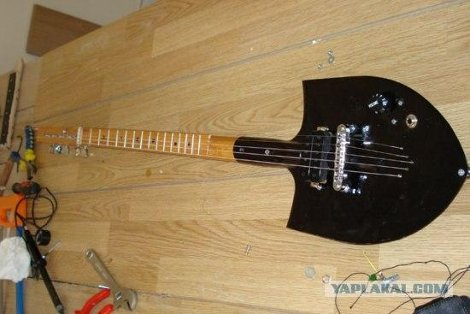
We didn’t believe this hack at all when we saw it, or rather heard it. Surly a guitar made out of a shovel couldn’t sound decent. But the video (after the jump, skip to 2:40 for the jam) to our untrained ears sounded pretty rad. Could be the supremely well done wood work, proper use of tools, high tech pickups, or maybe Russian magic, we don’t know.
In fact, if you continue the video it doesn’t stop there. The creators also made a 2 string bass and a few other instruments from shovels. Do I smell a new shovel hero?
Related: Guitars made out of things that should not be guitars.
[Thanks Paul]

